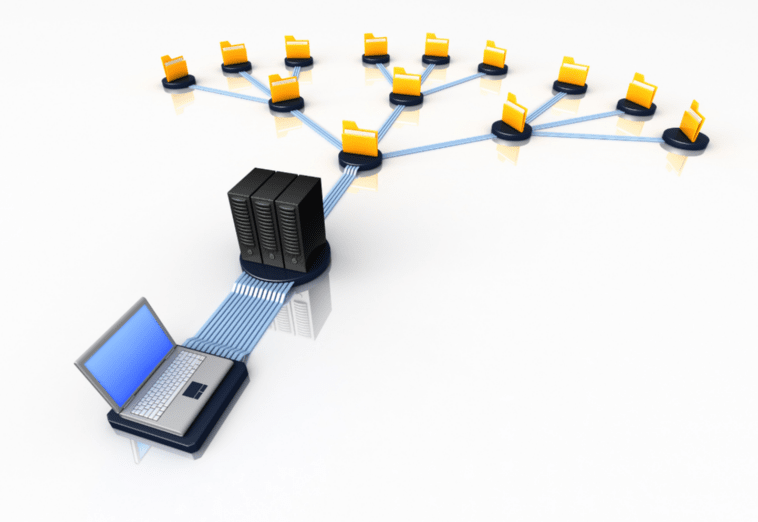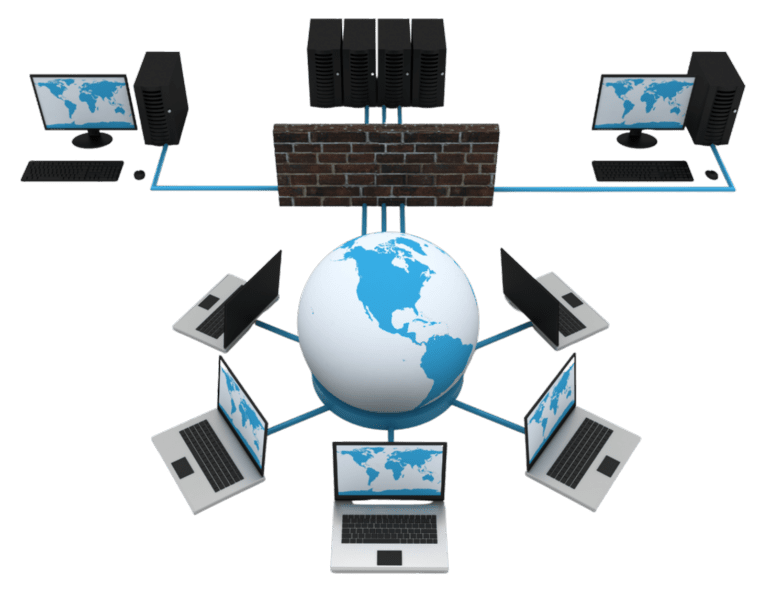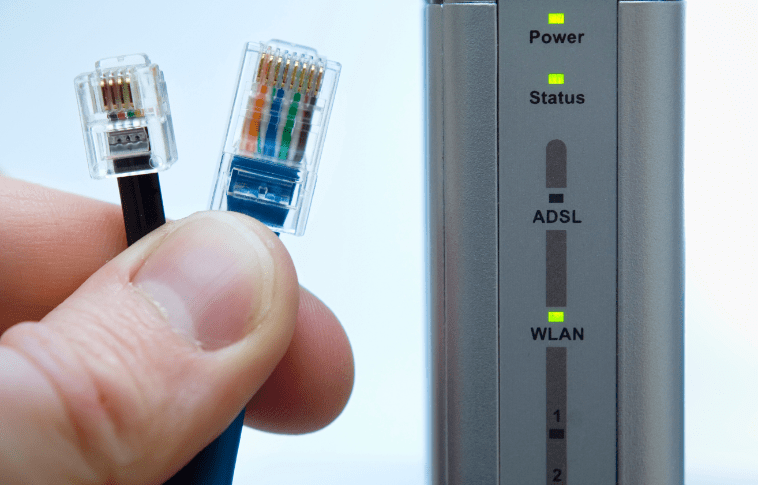For CIOs and the IT community, a slow and insecure network represents a problem of disgruntled users, inefficient work, and many risks of data loss.
Learn about some of the most common network failures:
1.- Failures in switches or routers.
We start with the obvious, it is necessary to check the quality of the power source. The intermittence of the electrical supply can cause “stuck” equipment or even damage to our routers or switches. Another problem appears by connecting the equipment disorderly.
Nowadays the need for connectivity tends to grow too fast, and this means that equipment ends up simply being connected to the “nearest switch”.

One solution: anticipate growth.
2.- Consequence of planned obsolescence.
Did you know that old router, access point or gateway could be a nest of malware? Planned obsolescence is the intentional action carried out by manufacturers so that products stop serving in a certain time. Any hardware product has its life cycle, and updates disappear.
It happens, for example, with cell phones, computers, televisions or their components, and in all cases the problem is that they are exposed to the discovery of new vulnerabilities, which will never be remedied.
One solution: Net as a Service (NaaS) prevents planned obsolescence in networks. Learn more in the following link.
3.- Security problems. Spyware, Malware.
Never use a Wi-Fi router or access point, as configured from the factory: this creates an open, unsecured wireless network that anyone within range can connect to and easily access our shared information on the network.
One solution: Antivirus, firewall, learn more.
4.- Incorrect or insufficient Bandwidth.
The connections have a certain capacity: the bandwidth, which is distributed among the devices that are connected; the more computers that are connected, the slower the exchange of information will be, making it impossible to use the internet: web pages take too long to load and videos that are not displayed normally.

One solution: Wi fi 6 and firewalls.
5.- Do not transform your WAN into SD-WAN.
Software Defined Networking (SD-WAN) is a technology that simplifies control and management of IT infrastructure by providing a virtual WAN architecture that securely connects users to their applications on the network.
The solutions: HPE Aruba SD-WAN and SD Branch deploy a reliable, high-performance network across wide-ranging locations, in branch offices such as retail stores, hotels, and remote offices (telecommuting).
HPE Aruba SD-WAN tools enable IT teams to quickly define, tune and optimize connectivity in a hybrid Internet WAN without waiting for service providers and with Zero Trust security methodology Branch offices are protected by a built-in firewall, dynamic segmentation, and intrusion detection and prevention systems (IDS/IPS) that don’t trust anyone or anything inside or outside the network. SD BRANCH, learn more
Strengthen your digital leadership and profit from the best wireless, wired and WAN infrastructure
Organizations are undergoing digital transformation to better meet changing business goals and compete within their industries. This means IT must improve operations, deploy new services faster, and deliver an improved and secure user experience. How to have a better structure? Do you need a network diagnosis? request here your network diagnosis at no cost.

Highlights
–Business Computers vs Consumer Computers
–Green Lake, Exponential Data Solution
Compu Centro solves network problems
Compu Centro is a company with 30 years of experience in the Mexican market in IT solutions.
-Network and security solutions
-Data center
-Corporate computers
-SAI NaaS DaaS, IaaS: Technologies as a service

Branded Content is the commercial content unit of El Economista that gives value to brands with content that is worth reading.